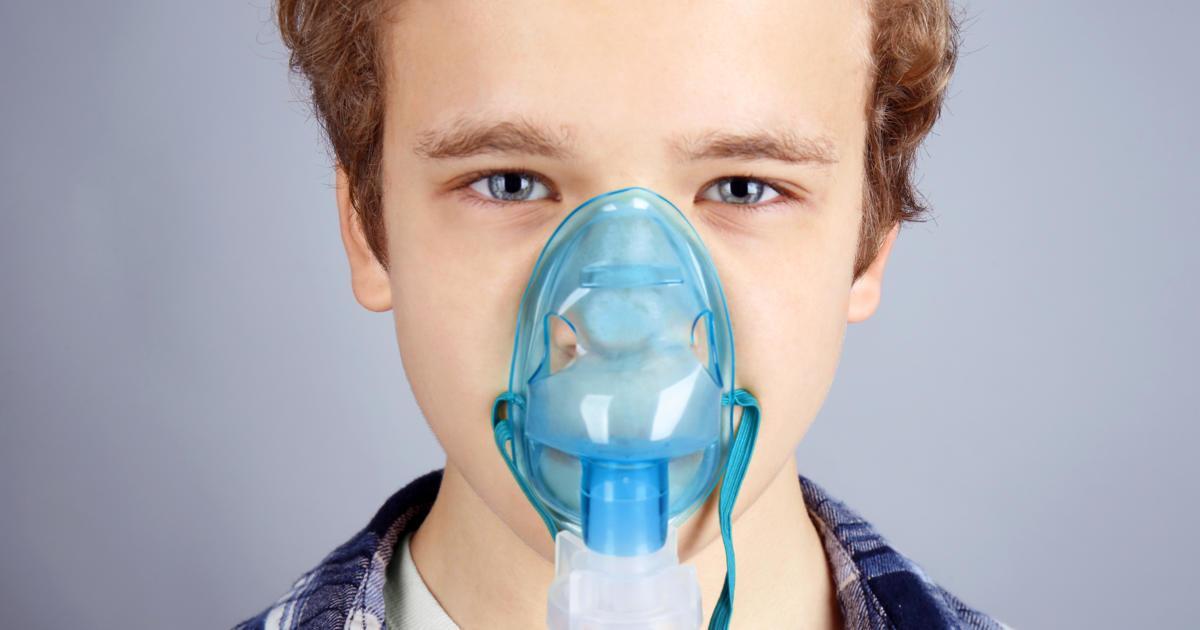Common Causes And Risk Factors Of A Pneumothorax
Also known as a collapsed lung, a pneumothorax is generally considered a medical emergency. It can include a partial or complete collapse of the lung. As air leaks into the space between the lungs and the chest wall, it places pressure on the lung, leading to collapse. Symptoms of a pneumothorax include sudden onset chest pain and shortness of breath. To diagnose a pneumothorax, doctors will perform a chest x-ray. CT scans and ultrasounds may be helpful in confirming the diagnosis. A small pneumothorax may be treated with observation. For a larger pneumothorax, medical personnel will perform a needle aspiration. In this procedure, excess air is removed through the insertion of a catheter between the ribs. If necessary, doctors may also need to insert a chest drain. This drain provides continuous removal of air from the chest cavity. Both of these procedures are performed in a hospital setting.
Some of the major causes and risk factors associated with a pneumothorax are discussed below.
Cystic Fibrosis

Cystic fibrosis is a genetic condition that can increase the risk of a pneumothorax. Patients with cystic fibrosis have chronic lung infections, and as the disease progresses, it gradually limits their ability to breathe. Thick mucus forms in the lungs and patients may have a chronic cough, frequent colds, shortness of breath, and wheezing. They might also have persistent allergies throughout the year. Lung function declines slightly with each passing year, and symptoms increase as the patient ages. Cystic fibrosis can be diagnosed through routine newborn screening tests and genetic testing. Sweat tests and nasal lining measurements may be performed to aid in diagnosis. To prevent a pneumothorax and other complications from this disease, doctors may recommend airway clearance therapy, mucus-thinning medication, antibiotics, and anti-inflammatory medication. Certain nutritional supplements can be beneficial too. Patients with this condition will be closely monitored by their medical team throughout their lives, and this may enable early detection of a collapsed lung and related conditions.
Uncover more about the causes and risk factors of pneumothorax now.